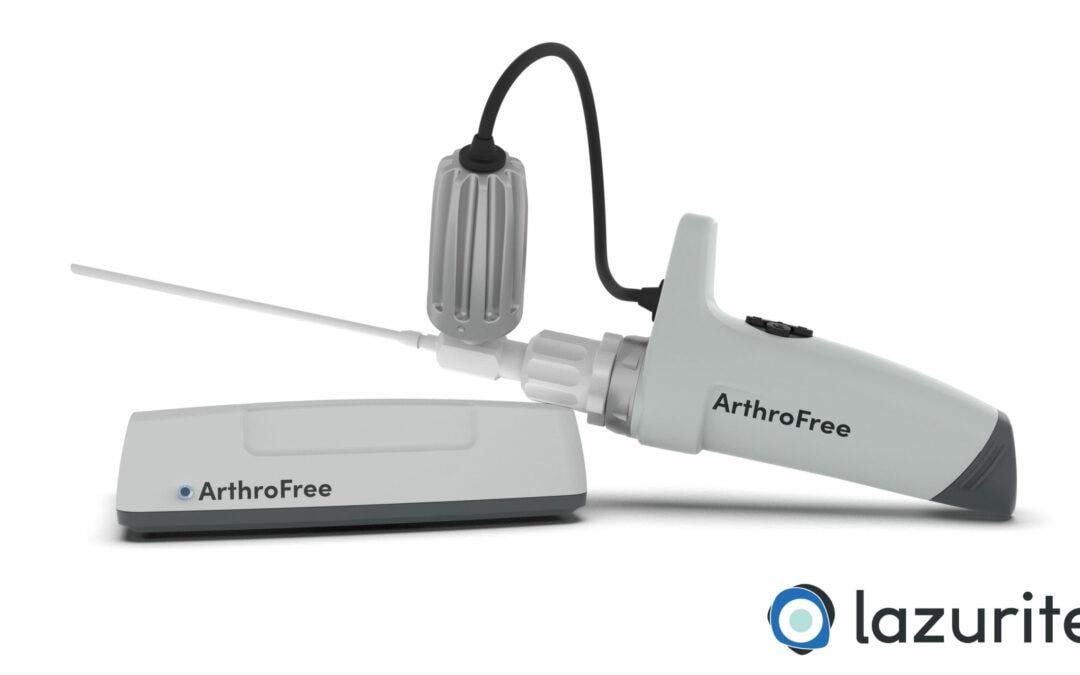Table of Contents
In the rapidly evolving landscape of healthcare, innovation often paves the way for groundbreaking advancements that redefine patient care and surgical procedures. Enter the era of wireless surgery tools—an emerging technology that promises to revolutionize the operating room. Imagine a world where surgeons can perform intricate procedures with precision and efficiency, unencumbered by the traditional constraints of wired instrumentation. As we peel back the layers of this promising development, we’ll explore the science, the potential benefits, and the challenges of integrating wireless technology into surgical practice. From enhancing surgeon mobility to improving patient outcomes, the journey into wireless surgery tools is not just a glimpse into the future of medicine; it’s a significant leap towards more connected, intuitive, and effective healthcare solutions. Join us as we delve into this next big thing in healthcare and consider its implications for the medical community and patients alike.
The Future of Precision: Exploring Wireless Surgery Tools
The advancement of wireless surgery tools is set to revolutionize the landscape of medical procedures, offering unprecedented precision and flexibility to surgeons. These innovative devices eliminate the constraints of traditional cables and wires, allowing for greater freedom of movement in the operating room. As healthcare technology continues to evolve, the integration of smart technologies and AI-driven analytics is transforming surgical practices. Surgeons can now leverage real-time data, enhancing their decision-making processes and individualizing patient care with pinpoint accuracy.
A range of benefits is associated with the implementation of these tools, including:
- Enhanced maneuverability: Wireless systems offer surgeons the ability to navigate complex anatomical structures effortlessly.
- Minimized risk of infection: Reduced physical connections translate to fewer points of potential contamination.
- Streamlined workflows: Integrated tools facilitate a more cohesive surgical environment, improving overall efficiency.
| Feature | Advantage |
|---|---|
| Real-time monitoring | Improves outcome prediction |
| Remote operation capability | Access to specialist expertise from afar |
| Compact design | Increased space efficiency in the OR |

Enhancing Patient Outcomes with Real-Time Data Transmission
Real-time data transmission is revolutionizing the way healthcare professionals approach surgery, enabling them to make decisions based on live information rather than relying solely on historical data or educated guesses. These advanced wireless surgery tools facilitate immediate access to vital patient metrics such as heart rate, blood pressure, and oxygen saturation. This connectivity allows surgeons to respond swiftly to changing conditions, enhancing their ability to deliver tailored interventions that align with the patient’s exact needs during surgical procedures. Consequently, the potential for complications decreases significantly, leading to better overall patient outcomes.
The integration of these wireless tools not only improves individual surgical performances but also fosters a culture of collaboration among the surgical team. With the ability to share real-time data, team members can coordinate actions seamlessly, leading to the following benefits:
- Improved Efficiency: Reduced delays during critical moments.
- Increased Safety: Real-time alerts about patient anomalies.
- Enhanced Communication: Streamlined interactions among the team.
Furthermore, the implementation of wireless technology brings a new dimension to surgical training. Simulators can use real-time data to provide accurate feedback, allowing trainees to refine their skills in a controlled environment. As this technology continues to evolve, the healthcare landscape will see a shift that not only prioritizes efficiency but also embeds a strong emphasis on patient safety and comfort.

Navigating Challenges: Addressing Security and Compliance in Wireless Surgery
The advent of wireless surgery tools brings with it a host of security and compliance challenges that must be meticulously addressed. As healthcare providers increasingly rely on these innovative technologies, they also become targets for cyberattacks. Ensuring the integrity of patient data, maintaining confidentiality, and achieving system availability are paramount. To mitigate risks, healthcare organizations should implement robust security protocols, including:
- Encryption: Protect sensitive data transmitted during procedures.
- Access Control: Ensure only authorized personnel can access wireless tools.
- Regular Audits: Conduct frequent assessments of network and device security.
Compliance with regulatory standards is critical in this evolving landscape. Organizations must navigate frameworks such as HIPAA and GDPR, which govern how patient information is handled. Collaborating with tech partners who prioritize compliance can help in establishing systems that adhere to these regulations. To visualize the compliance landscape, consider the following table:
| Regulation | Key Requirements |
|---|---|
| HIPAA | Protect patient health information, implement safeguards. |
| GDPR | Ensure data privacy, obtain explicit consent for data processing. |
Ultimately, addressing security and compliance challenges in wireless surgery is a dual effort: safeguarding patient data demands innovative security solutions in conjunction with a commitment to regulatory adherence. This proactive approach will not only protect patient safety but also fortify the trust that is essential in healthcare.

Investing in Innovation: Key Recommendations for Healthcare Institutions
In the rapidly evolving landscape of healthcare, it is crucial for institutions to embrace technological advancements that promise improved patient outcomes and operational efficiency. Investing in wireless surgery tools represents a transformative opportunity, enabling surgeons to perform procedures with enhanced precision and mobility. To successfully integrate this innovative technology, healthcare organizations should consider the following recommendations:
- Conduct Thorough Research: Understand the potential benefits and limitations of wireless tools through comprehensive studies and trials.
- Training and Development: Implement training programs for surgical teams to ensure effective utilization of wireless technologies.
- Partnerships and Collaborations: Engage with tech startups and research organizations to stay ahead of innovations and advancements.
- Data Security Measures: Invest in robust cybersecurity protocols to protect patient data transmitted via wireless devices.
Additionally, establishing a structured implementation plan is essential. This should include timelines, budget allocations, and performance metrics to assess the impact of these technologies on surgical outcomes. To illustrate potential cost-benefit scenarios, the table below highlights a comparison of traditional surgery tools and wireless alternatives:
| Feature | Traditional Tools | Wireless Tools |
|---|---|---|
| Mobility | Limited by wires | Highly mobile, unrestricted movement |
| Setup Time | Longer, complex arrangements | Quick and efficient setup |
| Cost of Usage | Higher maintenance costs | Reduced costs with lower maintenance |
| Data Transmission | Manual entry and updates | Real-time data sharing |
To Wrap It Up
As we stand on the cusp of a transformative era in healthcare, the advent of wireless surgery tools promises to redefine the landscape of surgical practice and patient care. With the potential to enhance precision, increase efficiency, and minimize recovery times, these innovative devices represent more than just a technological advancement; they embody the convergence of intelligence, connectivity, and human ingenuity.
As we look forward to the adoption of these groundbreaking tools, it’s essential for stakeholders in the healthcare ecosystem to engage in thoughtful discourse about their implications. From ethical considerations to training requirements and integration into existing practices, the journey towards wireless surgery is not solely about technology—it’s about fostering a collaborative environment where innovation meets compassion.
In this rapidly evolving field, staying informed and adaptable will be crucial. As we embrace this next big thing, one thing is clear: the future of surgery is wireless, and its possibilities are as boundless as our imagination. Together, let’s explore this new frontier and support the evolution of healthcare for generations to come.



